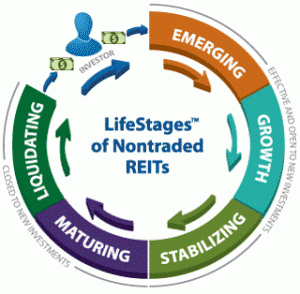1031 Exchanges – What are They and How Do They Work?
Part two in a series on private placements.
August 09, 2016 | by Beth Glavosek | Blue Vault
1031 exchanges can be helpful for people selling a piece of business or investment property. If they expect to sell the property for more than they paid (their cost basis), they will face capital gains taxes on their gains. 1031s allow these taxes to be deferred when the original property is exchanged for a property of “like-kind” value.
A bit of history: 1031 exchanges are named after Internal Revenue Code Section 1031 and are also known as ‘like-kind exchanges.’ Created as a provision of the Revenue Act of 1921, the like-kind exchange resulted from Congress’s decisions about how to treat capital gains taxes. According to the U.S. Department of the Treasury, Congress recognized that the dramatic increase in tax rates on capital gains during the first World War hampered the ability to purchase a replacement property. Since that time, Congress has allowed these exchanges in order to defer capital gains and has only made modest changes in the rules through the years.
Over time, the definition of eligible exchanges has been expanded, and like-kind exchanges of real estate have grown to involve third-party qualified intermediaries. However, both the original property and the replacement property must be used for business or for investment. 1031s cannot be executed for personal property like primary residences or second homes.
Most 1031s are structured as a Tenants in Common (TIC) arrangement. With Tenants in Common, each owner owns a share of the property – these shares can be of unequal size and can be freely sold to other owners. TICs are often sponsored and administered by professional real estate companies, which gives individual investors the opportunity to pool their funds, qualify for a higher level of financing, buy larger-scale properties than they could on their own, and take advantage of professional property management.
These investors not only can defer what could be a significant tax bill; they also can potentially receive stable cash flow from the replacement property.
According to the IRS, it’s important to note that when the investor’s interests in the replacement property are ultimately sold (not as part of another exchange), the original deferred gains plus any additional gains from the replacement property are subject to tax.
In future posts, we’ll look at why 1031s have been popular at times with investors, while falling out of favor at other times.










